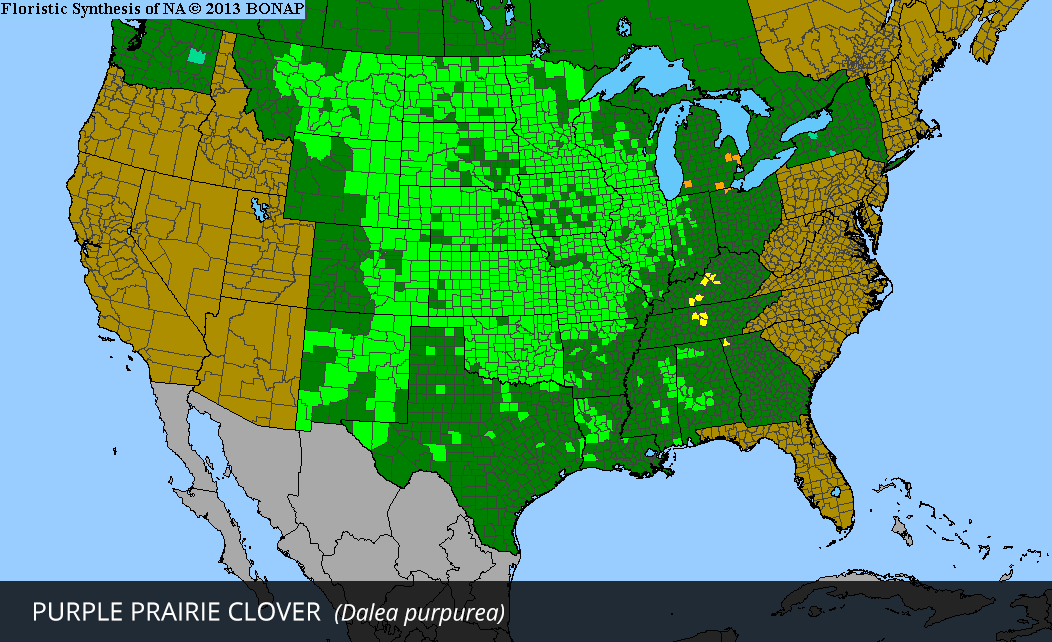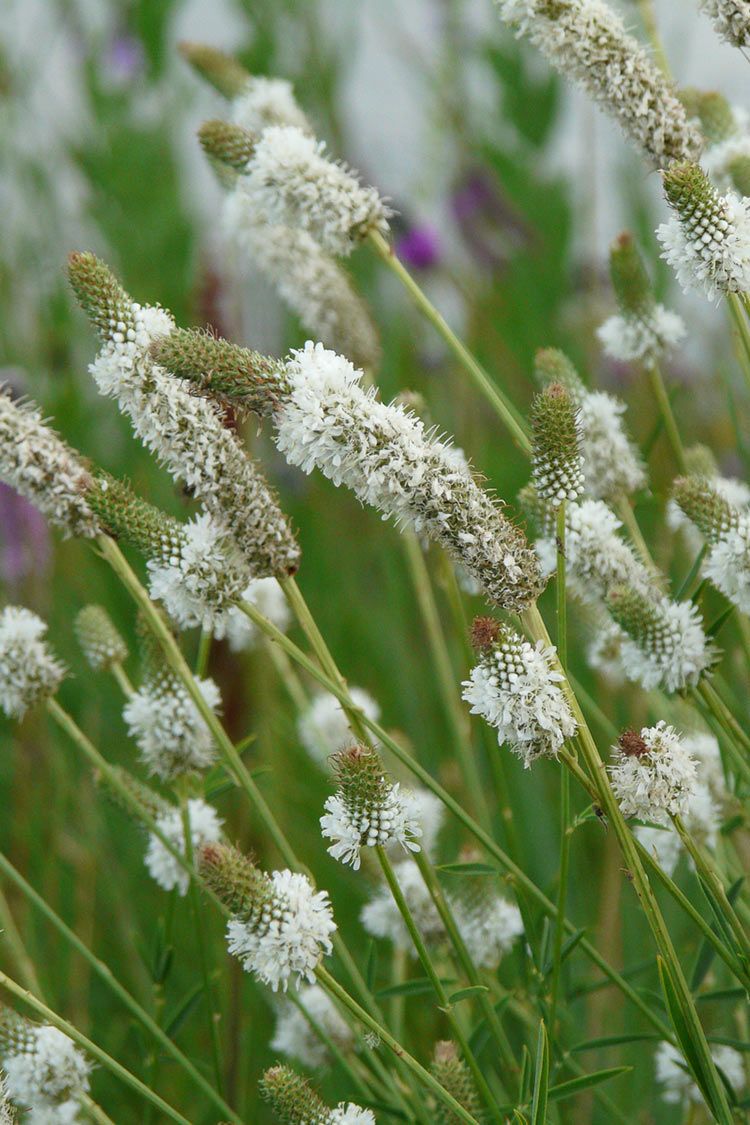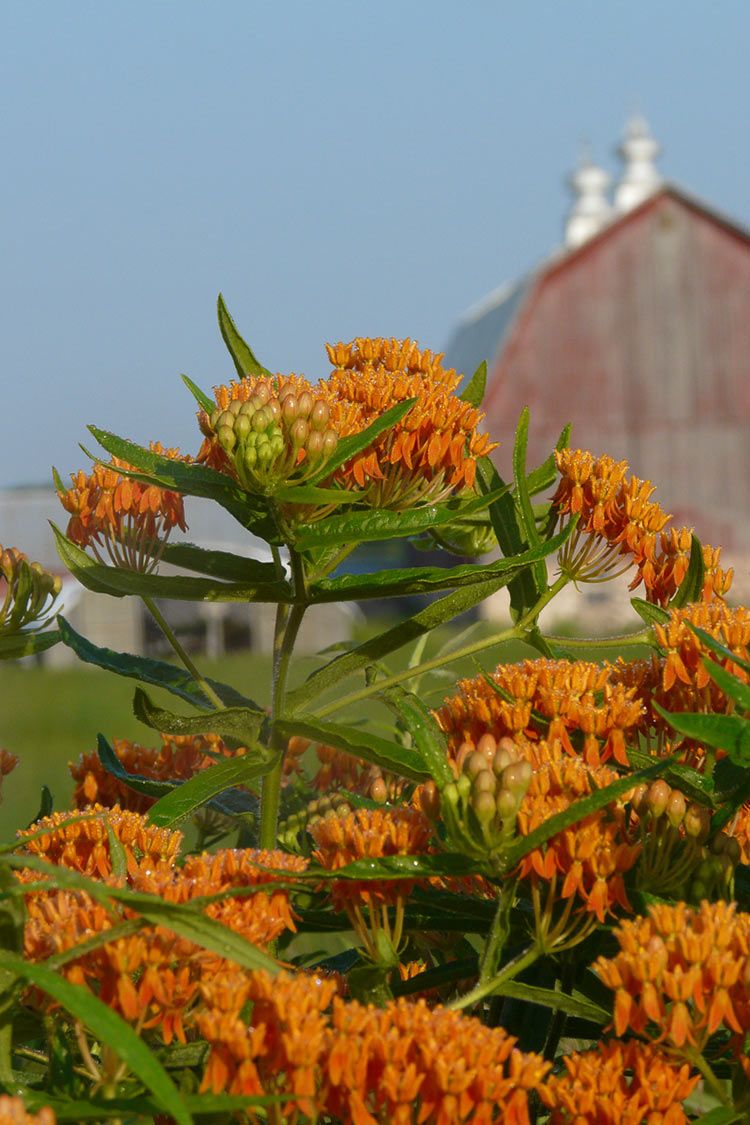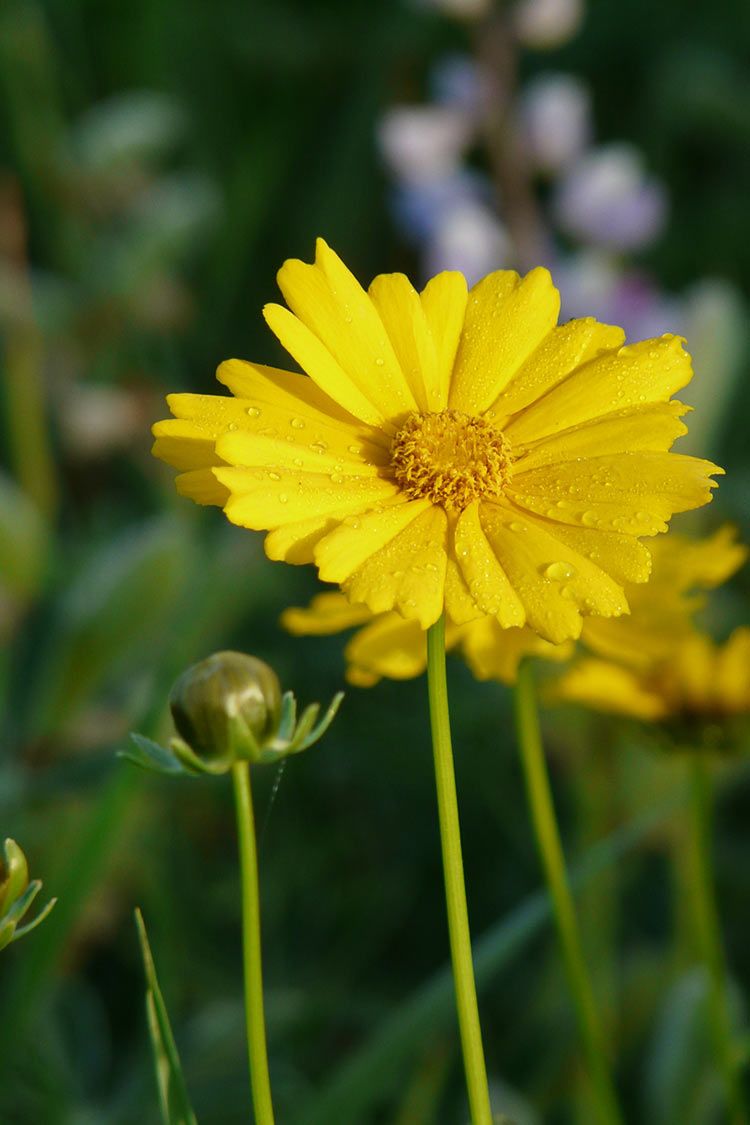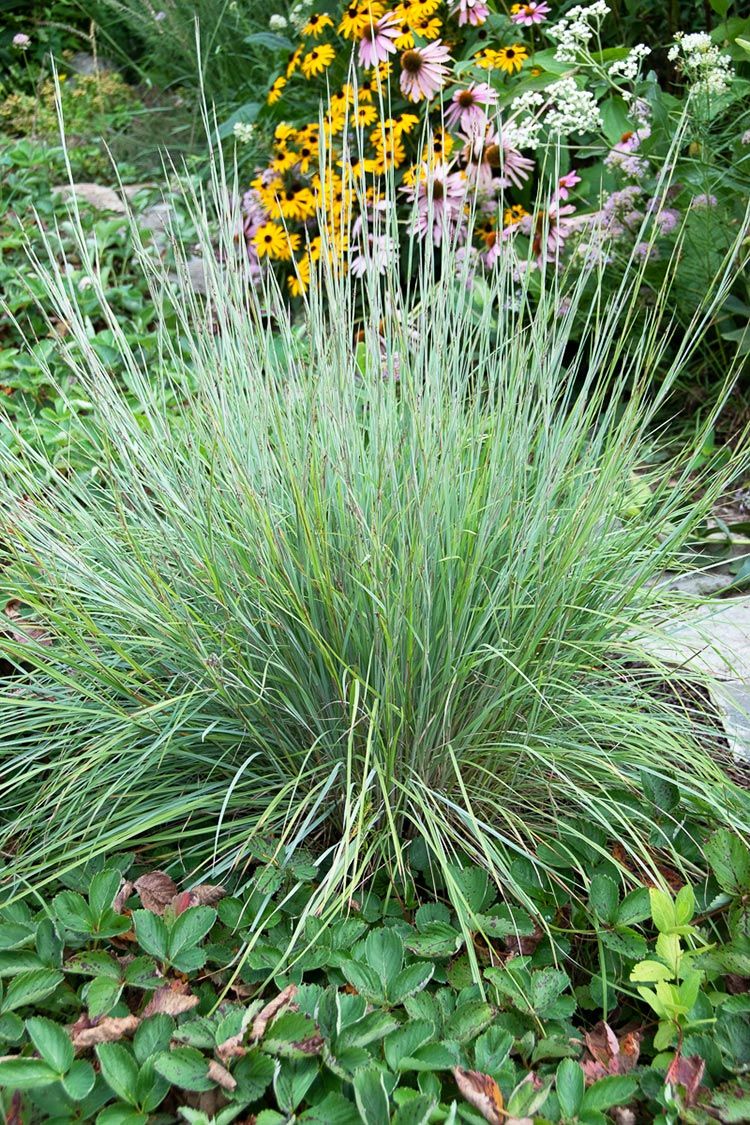Purple Prairie Clover
The thimble shaped flowers of Purple Prairie Clover sit atop a spray of stems with delicate foliage. This prairie plant has great garden form and is easily grown in any sunny location with average to dry soils. The deep taproot supports a long-lived plant …
| Soil Type | Clay, Loam, Sand |
|---|---|
| Soil Moisture | Dry, Medium |
| Sun Exposure | Full Sun |
| Height | 1' - 2' |
| Bloom Color | Lavender, Purple |
| Bloom Time | July, Aug |
| Spacing | 1' |
| Zones | 3, 4, 5, 6, 7, 8 |
| Root Type | Taproot |
| Benefits | Birds, Pollinators, Host Plant |
| Seeds per Oz | 20000 |
| Propagation Treatment | Dry Stratification, Rhizobium |
| Direct Sowing Time | Spring, Early Summer, Fall |
The thimble shaped flowers of Purple Prairie Clover sit atop a spray of stems with delicate foliage. This prairie plant has great garden form and is easily grown in any sunny location with average to dry soils. The deep taproot supports a long-lived plant that is virtually impervious to heat and drought. Excellent in a variety of plantings including rock gardens, sunny perennial borders, native plant gardens or naturalized prairie areas.
The flowers offer a popular source of nectar for bumble bees and other pollinating insects. The delicate foliage is host to a few small butterfly species such as the Southern Dogface, California Dogface, and Reakirt's Blue butterflies, as well as several small moths. One of the most widespread of the Prairie Clovers, Dalea purpurea is a standard component in prairie restorations, but it is uncommon in areas that have been disturbed by modern development. Root division can be tricky as it does not like disturbance after it has become established.
Legumes such as Prairie Clovers harbor beneficial bacteria called rhizobia. The plants are able to capture nitrogen from the air, and the bacteria assist in "fixing" it in the plant. The plants act as a natural soil fertilizer when the spent plant material is left to enrich the soil.




